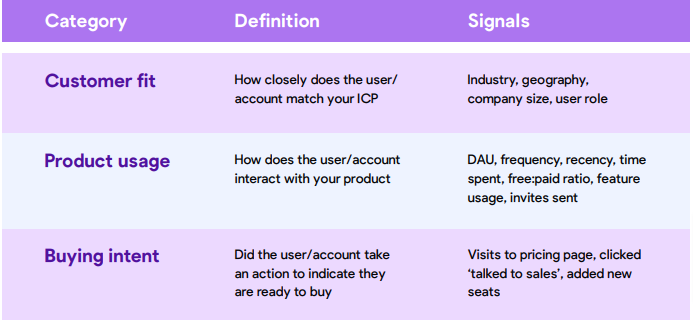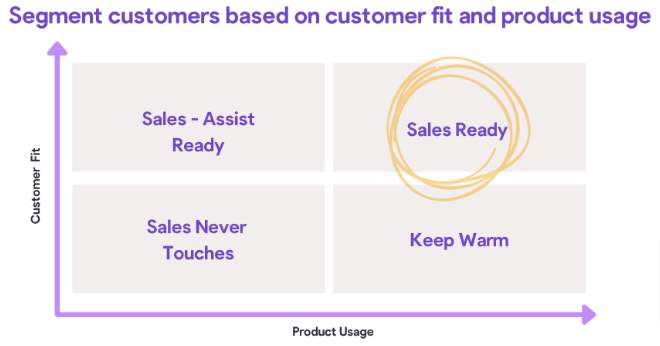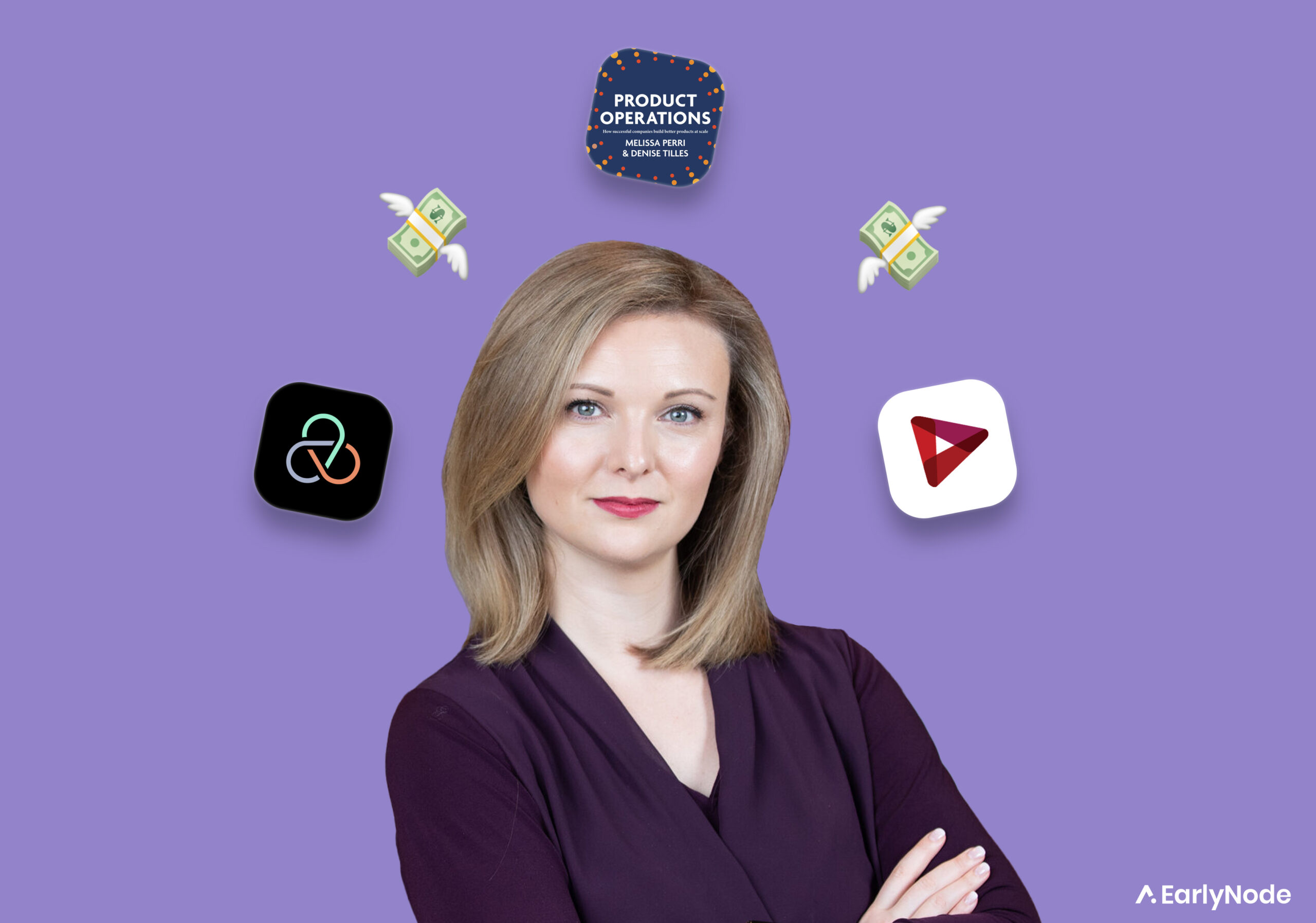Product-Led Sales with Alexa Grabell (Co-founder @ Pocus)

Sorry, product-led growth. There’s a new cool kid on the block and its name is product-led sales. Alexa Grabell and her team at Pocus are the brains behind the term.
Alexa has a first-rate resume: Stanford MBA, stints at KPMG and Dataminr, and founder of a startup accelerator. Most recently, she co-founded Pocus, a product-led sales platform where PLG sales teams can analyze and visualize data about their self-serve users.
In less than 2 years since it launched, Pocus has already raised more than $23 million in funding and has customers like Miro, Loom, and Webflow on their books.
In other words, when it comes to product-led sales, Alexa is your gal.
Here’s what we’ve learned from studying her playbook.
In The SaaS Operator newsletter from 11 July 2023 you’ll learn:
- Setting up your first product-led sales team.
- How to identify sales-ready Product Qualified Leads.
- Identifying the right time to add a sales team to your PLG motion.
What is Product-Led Sales (PLS)?
PLS is PLG on steroids. It’s about driving expansion revenue through your existing userbase.
So why is PLS a PLG booster? 👇🏻
Self-serve is good…but it’s not enough
In March 2016, Slack CEO Stewart Butterfield said, “Slack will never have a sales team”. Many PLG founders followed his lead. Just 2 months later, Slack hired Robert as its first VP of Sales.
Why? Because, like many companies, Slack found out they were leaving a lot of cash on the table by only offering self-serve.
Pure PLG has an ARPA ceiling. At some point, customers looking to upgrade to bigger contracts won’t feel comfortable doing business via self-serve. You will need a human to close those enterprise deals, and that’s what PLS is for.
Here’s the 5-step playbook Alexa used to layer sales and accelerate revenue at Pocus.
5 Steps to Implementing Product-Led Sales
Know when to add a sales team
Look out for these 2 signs that it’s time to add your first sales hires.
- You start getting more “sales-y” user requests, like, “Can you help me onboard 50 people in my company?” or “Can you help me centralize billing across various teams?” – not just basic “help me reset my password” requests.
- Your customer success team starts spending a decent chunk of their time acting like a sales department.
Plan your strategy
Once you’ve decided to add a salesperson, create a one-page doc and answer these questions:
- Why are we doing PLS?
- How does it help achieve our OKRs and KPIs?
- How do we implement this?
- What will we deliver in the first 30, 60, and 90 days?
- What primary metrics should we track?
- What tools and resources do we need?
Set up your PQLs
PQLs are users who are already realizing value from your product and giving off signals to your sales team that they’re ready to spend >10k ARPA.
You should define your PQLs for your sales team to know which ones to hunt down. Define based on these 3 categories below:

Source: Pocus 2022 Product-Led Sales Playbook
💡 Pro tip: Map out a chart of Customer Fit vs Product Usage like the one below to easily identify which PQLs are sales-ready 👇🏼

Source: Pocus 2022 Product-Led Sales Playbook
After defining your PQLs, decide how your sales team will reach out to each of them:
- Use the matrix above to identify & prioritize your PQLs.
- Assign each PQL to a specific salesperson.
- Let your salespeople know exactly what makes each PQL sales-ready so they can take the right action. E.g., “This is the most engaged user in this account”, or “This account just reached a 2000-channel mark (Slack).”
Build the PLS team
A mature PLS org has 3 roles:
- Sales-Assist: Helps remove friction from a customer’s journey while identifying sales opportunities to refer to BDRs and AEs.
- BDR/SDR: Spots PQL opportunities from self-serve users and sends them to AEs.
- Account Executive (AE): Receives PQLs from the others in the PLS team and helps convert them into enterprise customers.
In your early days, hire a generalist who can do a bit of everything. Avoid hiring an old-school BDR who ignores the PLS motion and uses the traditional enterprise sales process. You’ll end up with 2 disjointed processes, wasting time and money.
Your ideal hire should be:
- Data-driven.
- Customer-centric.
- Focused on adding value rather than simply sealing deals.
Set the plan in motion
Once everything is set, it’s time to implement your strategy. First, you need to set out your playbook:
- Refine your one-page doc.
- Set clear revenue expectations for the PLS team.
- Clearly define which leads are allocated to your self-serve team and which belong to sales to avoid confusion.
Once you’ve got your playbook, test it with 1 or 2 sales reps. Collect feedback and iterate before conducting a wider rollout.
When you’re ready to roll out your new PLS process to the entire company, organize:
- Kick-offs and education sessions to ensure everyone in the company is on the same page.
- Monthly/quarterly training for all sales reps so they can better understand your playbook and you can check their progress.
It may be trendy, but product-led sales is not a passing fad. Become an early adopter and you’ll open the door to supercharging your revenue growth without breaking your PLG model.
Who should we cover next? If you have a SaaS expert in mind, let us know by sending us an email at saas@earlynode.com.




